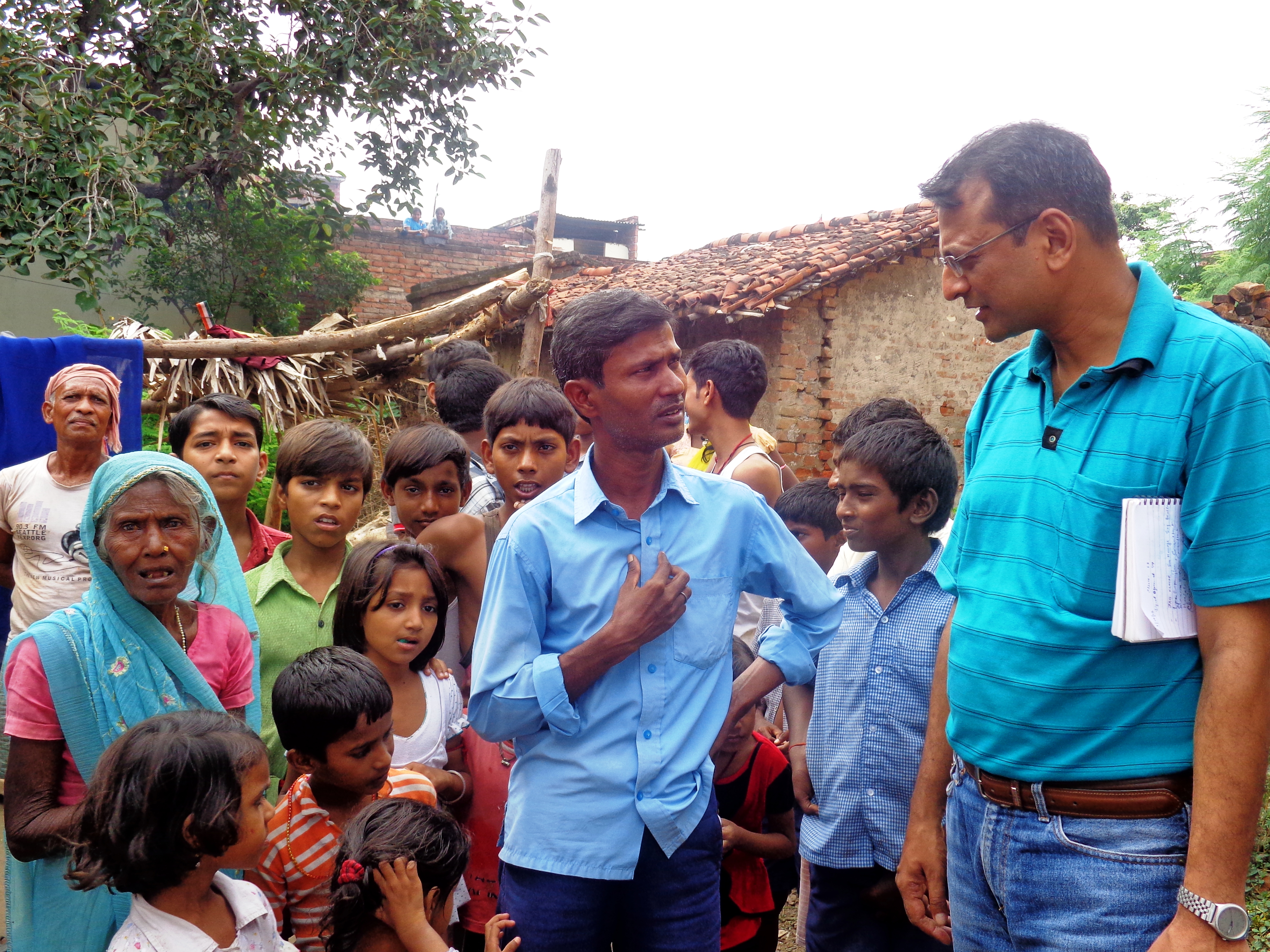Guest post by Shannon Harris
Given the many challenges that countries face in providing family planning (FP) services, how can a client-centered, rights-based approach to programming help governments meet their obligations to respect, protect, and fulfill clients’ rights to meet their reproductive needs and desires? This question framed two recent country consultations in India and Kenya to explore the feasibility and desirability of applying the voluntary, rights-based FP (VRBFP) conceptual framework. Were country-level FP stakeholders—program managers, policymakers, and providers—even interested in such an approach?
With funding from the Bill & Melinda Gates Foundation, the Futures Group and EngenderHealth partnered with the Population Foundation of India and the National Council for Population and Development in Kenya to host national and regional stakeholder consultations, as well as conduct FP site visits to explore these questions. Despite diverse cultural, policy and program environments, stakeholders in both countries expressed tremendous interest in using a rights-based approach. Stakeholders found the program vision described in the VRBFP framework appealing and relevant to their programs because of its emphasis on the individuals and communities served by the FP program, while simultaneously acknowledging the importance of the policy environment and supply-side factors.

Members of the Futures Group/EngenderHealth rights framework team visit a community motivator in India’s Bihar State to identify the realities and challenges related to protecting and fulfilling human rights in FP at the community level—specifically to identify the conditions and practices that either uphold or violate human rights. (Photo by H. Connor/EngenderHealth)
In India, stakeholders offered insights into how a rights-based approach might help address some of their concerns about contraceptive method choice and quality of care. For example, the public sector in India primarily provides sterilization services and intrauterine devices (IUDs); injectables and implants are unavailable in the public sector altogether, which limits method choice for women who depend on public-sector services. A rights-based approach calls for the widest possible range of methods to be made available and accessible to all clients. National stakeholders in Delhi spoke about the opposition to hormonal methods by some activists, an unfortunate irony given concerns about the dominance of sterilization and IUDs in the method mix. Stakeholders in India’s Bihar State spoke about the community and cultural factors that impede access to FP and expressed their belief that an approach that teaches women about their right to quality FP services would help generate demand.
During the Kenya consultation in Embu County, stakeholders discussed how a rights-based approach to FP might foster a more constructive dialogue about the important yet contentious issue of sexual education in schools. A key issue raised at the national consultation was the challenge of translating the new reproductive health policy—which is strong on human rights—into action at lower levels and within services and communities. This framework, many expressed, could be used as a tool to assist in operationalizing this policy. Stakeholders also reflected on the pressures they face in donor-funded programs to achieve numerical FP targets, which can undermine a focus on rights and contraceptive choice.

Family planning stakeholders, including traditional leaders, at the Bihar State Consultation discuss if and how the voluntary, rights-based family planning framework would be useful in India, given the context and new program directions. (Photo by H. Connor/EngenderHealth)
Despite potential challenges, stakeholders from all consultations expressed keen interest in applying a rights-based lens to their programs and testing the use of the VRBFP framework in their respective countries. As governments increasingly use rights language in their development programs, additional support in rights-based programming will be needed to translate rights rhetoric into reality. To fill this gap, Futures Group and EngenderHealth recently published a User’s Guide (also available in Hindi) to accompany the framework and further support FP stakeholder efforts to better align programs with the rights principles explicit in the ICPD Beyond 2014 and FP2020 initiatives.



Pingback: The Road to Implementation: A User’s Guide for Applying a Rights-Based Approach to Family Planning Programs | Champions4Choice